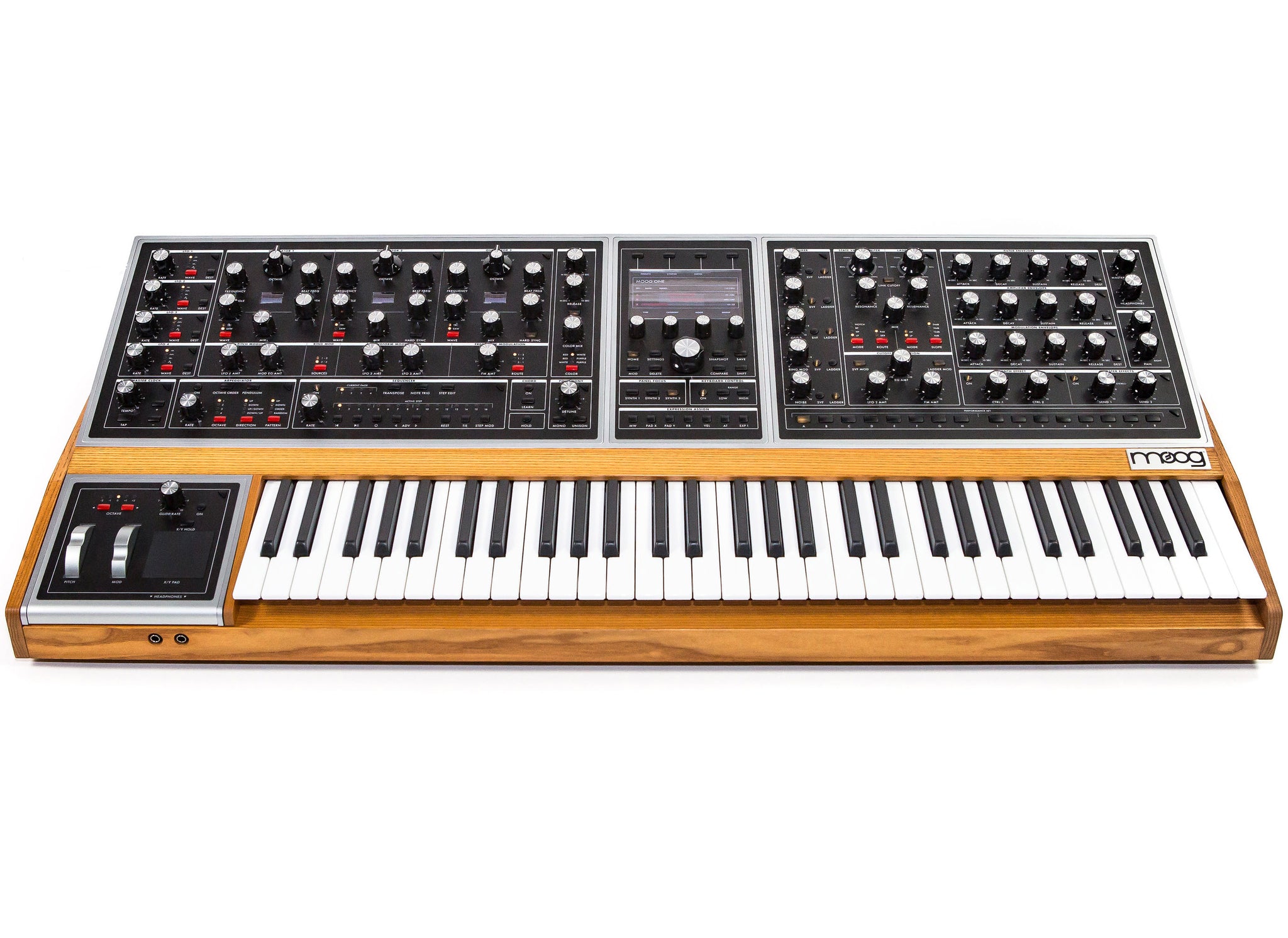

The Wave Angle parameter that controls this can be a modulation destination, which provides some pleasing timbral modulations. The first waveform output allows you to select between a saw/ramp/triangle hybrid and a sawtooth wave whose reset time (the vertical part of the waveform) can be varied from a rapid 6µs to a much gentler 1ms, softening the sawtooth at low frequencies and causing the wave to vary from a sawtooth to an approximation of a triangle and then a ramp wave at higher frequencies. The Signal PathĮach of the oscillators in a voice generates two waveforms simultaneously and you can mix these freely, whereupon a static representation of the mixed wave is shown in the small OLED screen in each oscillator section. There's also a central control section with a large screen and encoders that provide access to a large number of additional voicing features, housekeeping and global functions. Every knob on the review unit was firm, every button positive in action, the layout is clear, and many of the frequency and timing knobs are scaled logarithmically, which is much more useful than labelling them from zero to 10. The Preset level then contains all three Synths no matter how many of them are in use, and adds a Master Effects section, numerous I/O and control capabilities, a Master Clock and noise reduction.īeautifully designed within an equally resplendent case, the One's triptych control surface boasts more than 200 single-function controls. Any number of voices can be played by a given 'Synth' (see 'Horses For Courses' box), and this adds a digital Synth Effect (an insert effect), a 20-slot modulation matrix, chord memory, an arpeggiator and a 64-step polyphonic sequencer. Each also has extensive digital modulation capabilities including three loopable contour generators, four LFOs and multiple FM pathways.
#Moog polyphonic plus
Each voice is based primarily upon three analogue oscillators plus noise, followed by three analogue filters and an analogue amplifier. There are two models: an 8‑voice version and an otherwise identical 16‑voice version.

Mind you, their enthusiasm was forgiveable because people had been clamouring for a successor to the Memorymoog for more than three decades.

We put it through its paces in our world exclusive review.Īs befits a large beast, the Moog One had a long gestation period but, when it appeared last year, it immediately evoked comments along the lines of 'my favourite synth of all time' from people who had never seen or heard it except on Youbook and FaceTube. The Moog One is the most ambitious instrument the company have ever built.


 0 kommentar(er)
0 kommentar(er)
